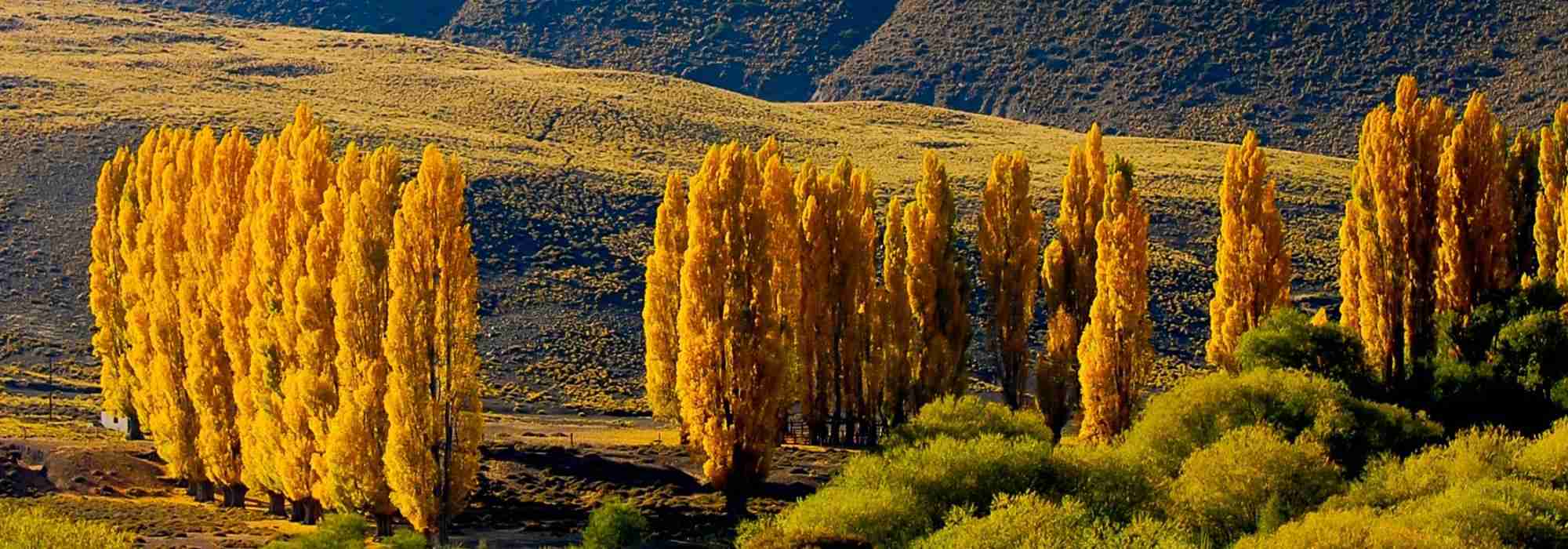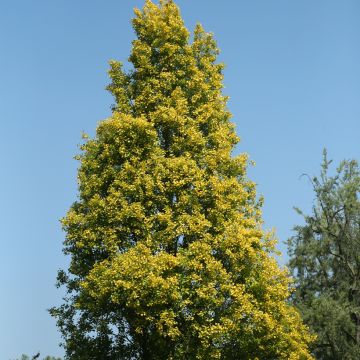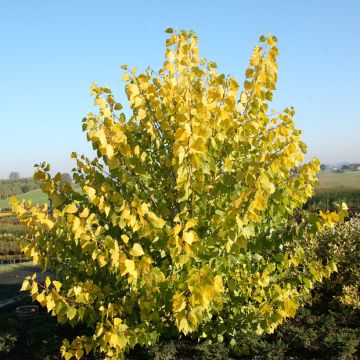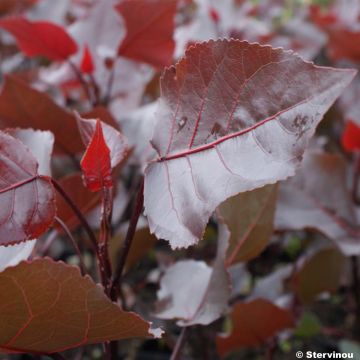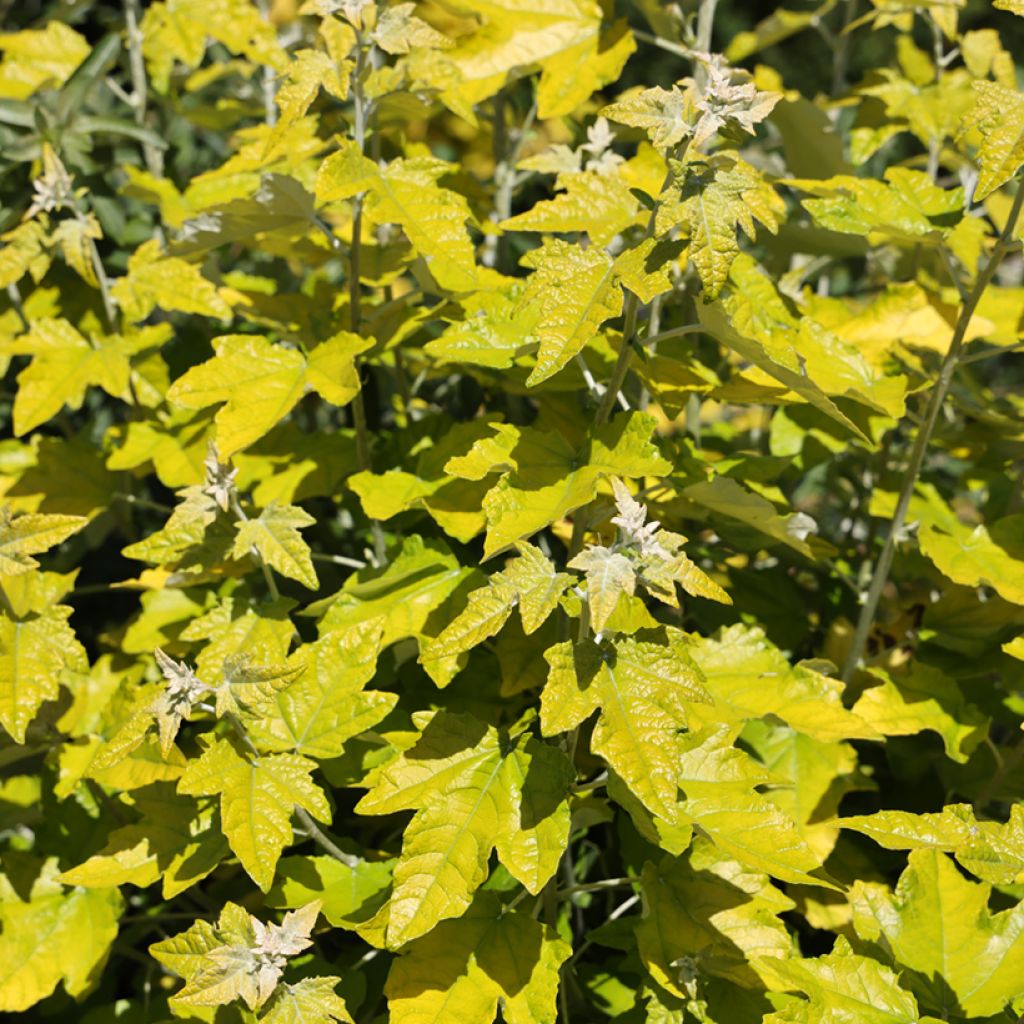

Populus alba Richardii - White Poplar
Populus alba Richardii - White Poplar
Populus alba Richardii
White Poplar, Silver-leaved Poplar, Abele, Abbey, Dutch Beech, Silver-leaved Poplar, White Asp
Special offer!
Receive a €20 voucher for any order over €90 (excluding delivery costs, credit notes, and plastic-free options)!
1- Add your favorite plants to your cart.
2- Once you have reached €90, confirm your order (you can even choose the delivery date!).
3- As soon as your order is shipped, you will receive an email containing your voucher code, valid for 3 months (90 days).
Your voucher is unique and can only be used once, for any order with a minimum value of €20, excluding delivery costs.
Can be combined with other current offers, non-divisible and non-refundable.
Home or relay delivery (depending on size and destination)
Schedule delivery date,
and select date in basket
This plant carries a 24 months recovery warranty
More information
We guarantee the quality of our plants for a full growing cycle, and will replace at our expense any plant that fails to recover under normal climatic and planting conditions.
Would this plant suit my garden?
Set up your Plantfit profile →
Description
Populus alba 'Richardii' is a variety of the White Poplar that is easily recognized by its foliage. Golden-green on the upper side, the leaves have a white down on the underside and create a dynamic scene when the wind moves them. Fast-growing, it forms a small to medium-sized tree with a silver-grey bark that is quite ornamental. It is very hardy and adapts to most non-acidic soils. This variety appreciates moisture, but it is capable of withstanding drought once well established.
The Poplar is the most well-known member, along with the Willow, of the Salicaceae family. The Populus genus includes 35 species native to temperate and cold zones of the northern hemisphere. Populus alba is native to central and southern Europe, as well as western and central Asia. It is a large, fast-growing tree (13 m in 20 years) that can reach up to 30 m in height at maturity and live up to 400 years for exceptional specimens. Capable of forming a trunk of 1 m in diameter by the age of 50, it produces abundant suckers, sometimes up to 20 m from the trunk. Its species name comes from the white felting that covers the underside of the young leaves (alba = white in Latin).
Populus alba 'Richardii' is an old variety, first presented at the International Exhibition of Chelsea in 1921, organized by the prestigious Royal Horticultural Society (RHS) of London. However, this White Poplar is significantly less vigorous than the botanical species. In 20 years, it will reach approximately 8 m in height and 4 m in width, and at maturity, around the age of 50, it will reach 12, or even 15 m in height and 9 m in spread. The tree forms an open crown, more or less irregular and spreading, unless severely pruned every winter, in which case it will be possible to give it a wide, conical silhouette that is more regular. Its trunk is covered with a rather ornamental silver-grey bark, but it is its foliage that attracts attention. The small, 5 to 10 cm leaves, are divided into three main lobes and often two smaller ones. Their trident shape is pleasing to the eye, and their colour even more so. The young leaves have a particularly attractive golden yellow colour, while the underside is whitish. The young branches are also white. Gradually, as the season progresses, the leaves tend to turn yellow-green, with several stages coexisting on the tree. Similarly, yellow and green coexist on the same leaf blade, so that the foliage has a variable overall appearance. This dynamic colour is reinforced by the action of the wind, which enjoys orienting the leaves in one direction and then another like a mobile. The result is a shimmering scene that is quite fascinating and highly decorative. As the Poplar is a dioecious plant, there are male trees and female trees. The male trees produce small red catkins in spring (March-April), which are the most decorative, although relatively discreet, while the female catkins are greenish.
The White Poplar 'Richardii' is an interesting tree for the movement effect it brings to a garden with the slightest gust of wind that stirs the leaves at the end of their flexible petiole. Pair it with other woody plants with colourful foliage such as Sambucus nigra 'Black Beauty' (Gerda), a large shrub with magnificent dark purple cut foliage that will contrast admirably with the yellow of the Poplar. Green foliage will also be interesting in this scene, for example that of Amelanchier canadensis 'October Flame', whose abundant white star-shaped spring blooms are truly attractive. But the best is yet to come in autumn, when its foliage explodes in shades of red and orange, creating a superb effect alongside the Poplar and Elderberry. An Oakleaf Hydrangea (Hydrangea quercifolia) will provide the finishing touch, with its large leaves and deep red autumn colours, not to mention its generous summer flowering in panicles, sometimes huge depending on the variety.
Plant habit
Flowering
Foliage
Botanical data
Populus
alba
Richardii
Salicaceae
White Poplar, Silver-leaved Poplar, Abele, Abbey, Dutch Beech, Silver-leaved Poplar, White Asp
Cultivar or hybrid
Other Populus - Poplar
View all →Planting and care
Plant Populus alba 'Richardii' in neutral to limestone soil, loose and light, or even clayey and heavy. It likes moist to wet soils, such as riverbanks, but tolerates relatively dry areas better than other species, even tolerating salt spray and slightly salty soils. However, it does require a sunny exposure.
Plant it away from buildings, as its root system is very developed. Also, be aware that this tree tends to sucker. Dig a hole 50 cm in all directions and add leaf compost or non-acidic potting soil to the existing soil. Soak the root ball in a bucket for 20 minutes, place it in the hole, fill it back up and water abundantly. During the first two years, it is important to water it regularly to promote root growth, afterwards, only during dry periods.
If necessary, prune regularly to limit its spreading before the start of the growing season, removing diseased or dead wood and crossed branches.
Planting period
Intended location
Care
Planting & care advice
This item has not been reviewed yet - be the first to leave a review about it.
Haven't found what you were looking for?
Hardiness is the lowest winter temperature a plant can endure without suffering serious damage or even dying. However, hardiness is affected by location (a sheltered area, such as a patio), protection (winter cover) and soil type (hardiness is improved by well-drained soil).

Photo Sharing Terms & Conditions
In order to encourage gardeners to interact and share their experiences, Promesse de fleurs offers various media enabling content to be uploaded onto its Site - in particular via the ‘Photo sharing’ module.
The User agrees to refrain from:
- Posting any content that is illegal, prejudicial, insulting, racist, inciteful to hatred, revisionist, contrary to public decency, that infringes on privacy or on the privacy rights of third parties, in particular the publicity rights of persons and goods, intellectual property rights, or the right to privacy.
- Submitting content on behalf of a third party;
- Impersonate the identity of a third party and/or publish any personal information about a third party;
In general, the User undertakes to refrain from any unethical behaviour.
All Content (in particular text, comments, files, images, photos, videos, creative works, etc.), which may be subject to property or intellectual property rights, image or other private rights, shall remain the property of the User, subject to the limited rights granted by the terms of the licence granted by Promesse de fleurs as stated below. Users are at liberty to publish or not to publish such Content on the Site, notably via the ‘Photo Sharing’ facility, and accept that this Content shall be made public and freely accessible, notably on the Internet.
Users further acknowledge, undertake to have ,and guarantee that they hold all necessary rights and permissions to publish such material on the Site, in particular with regard to the legislation in force pertaining to any privacy, property, intellectual property, image, or contractual rights, or rights of any other nature. By publishing such Content on the Site, Users acknowledge accepting full liability as publishers of the Content within the meaning of the law, and grant Promesse de fleurs, free of charge, an inclusive, worldwide licence for the said Content for the entire duration of its publication, including all reproduction, representation, up/downloading, displaying, performing, transmission, and storage rights.
Users also grant permission for their name to be linked to the Content and accept that this link may not always be made available.
By engaging in posting material, Users consent to their Content becoming automatically accessible on the Internet, in particular on other sites and/or blogs and/or web pages of the Promesse de fleurs site, including in particular social pages and the Promesse de fleurs catalogue.
Users may secure the removal of entrusted content free of charge by issuing a simple request via our contact form.
The flowering period indicated on our website applies to countries and regions located in USDA zone 8 (France, the United Kingdom, Ireland, the Netherlands, etc.)
It will vary according to where you live:
- In zones 9 to 10 (Italy, Spain, Greece, etc.), flowering will occur about 2 to 4 weeks earlier.
- In zones 6 to 7 (Germany, Poland, Slovenia, and lower mountainous regions), flowering will be delayed by 2 to 3 weeks.
- In zone 5 (Central Europe, Scandinavia), blooming will be delayed by 3 to 5 weeks.
In temperate climates, pruning of spring-flowering shrubs (forsythia, spireas, etc.) should be done just after flowering.
Pruning of summer-flowering shrubs (Indian Lilac, Perovskia, etc.) can be done in winter or spring.
In cold regions as well as with frost-sensitive plants, avoid pruning too early when severe frosts may still occur.
The planting period indicated on our website applies to countries and regions located in USDA zone 8 (France, United Kingdom, Ireland, Netherlands).
It will vary according to where you live:
- In Mediterranean zones (Marseille, Madrid, Milan, etc.), autumn and winter are the best planting periods.
- In continental zones (Strasbourg, Munich, Vienna, etc.), delay planting by 2 to 3 weeks in spring and bring it forward by 2 to 4 weeks in autumn.
- In mountainous regions (the Alps, Pyrenees, Carpathians, etc.), it is best to plant in late spring (May-June) or late summer (August-September).
The harvesting period indicated on our website applies to countries and regions in USDA zone 8 (France, England, Ireland, the Netherlands).
In colder areas (Scandinavia, Poland, Austria...) fruit and vegetable harvests are likely to be delayed by 3-4 weeks.
In warmer areas (Italy, Spain, Greece, etc.), harvesting will probably take place earlier, depending on weather conditions.
The sowing periods indicated on our website apply to countries and regions within USDA Zone 8 (France, UK, Ireland, Netherlands).
In colder areas (Scandinavia, Poland, Austria...), delay any outdoor sowing by 3-4 weeks, or sow under glass.
In warmer climes (Italy, Spain, Greece, etc.), bring outdoor sowing forward by a few weeks.






























